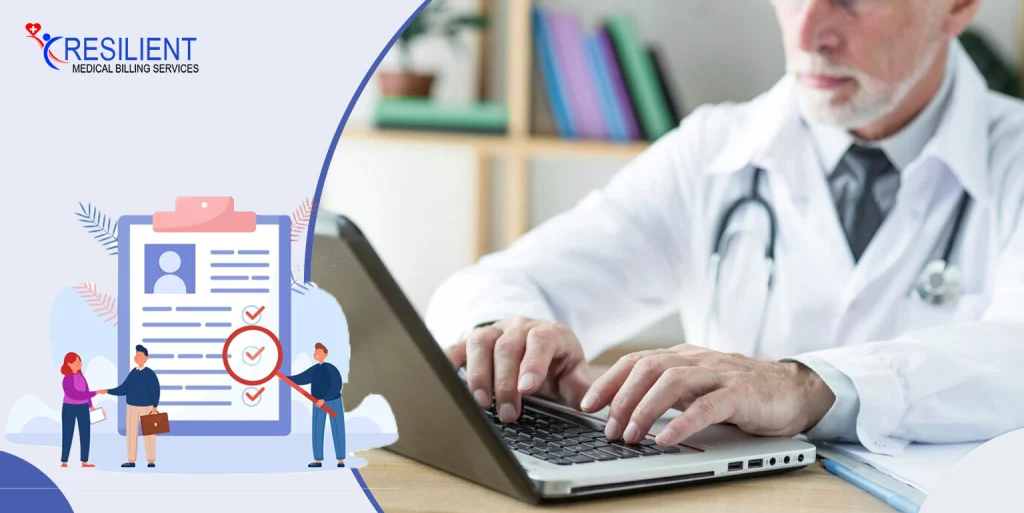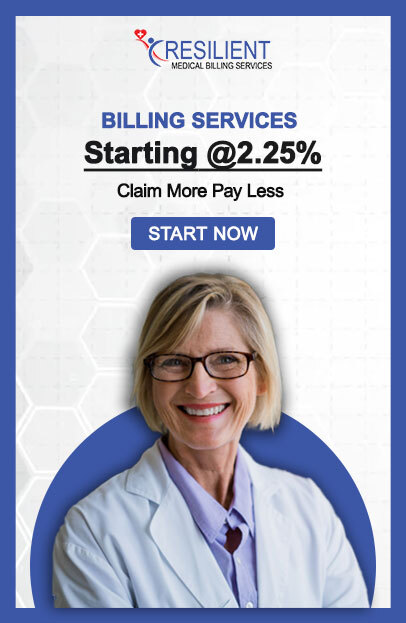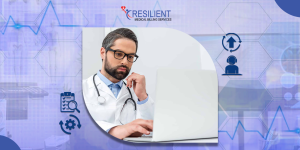When people send money electronically, they don’t need to send an EOB (Explanation of Benefits). This is called “Electronic Remittance Advice.”
The ERA helps healthcare organizations handle their budgets and make payments by giving them detailed information on payments and adjustments. Providers need to know all about ERA in medical billing in order to compare it to the Explanation of Benefits. Both papers are needed for the billing cycle, but they are meant for different people.
The EOB is a summary of claims and payments for patients, while the ERA is for providers to use for their own internal handling. It is important to know the differences between these two technologies in order to make bills more efficient and for healthcare systems to communicate better.
What is ERA (Electronic Remittance Advice)?
Electronic Remittance Advice (ERA) is a digital document that provides detailed information about payments made by insurance companies for healthcare services. It serves as an electronic equivalent of paper remittance advice, allowing healthcare providers to receive payment information quickly and efficiently.
The primary purpose of ERA is to streamline the billing process by automating payment details, including claim status, payment amounts, and adjustments.
What Is ERA in Medical Billing?
Medical care companies always want their claims to be approved on the first try. And it’s important for providers to cut down on or get rid of the mistakes that keep happening in their cases. The medical billing staff must be quick and well-trained enough to read and understand ERA in medical billing and EOB, though, so this can only happen once.
EOB (Explanation of Benefits) and Its Role of ERA in Medical Billing Process
An Explanation of Benefits (EOB) is a letter that health insurance companies send to customers after they have processed a medical claim. This is a list of the services that were billed, how much the insurance company paid, and how much the customer may still owe.
The EOB is a very important part of the billing process because it is clear and helps customers understand what they need to do to pay. It also lets healthcare providers check that their claims were processed properly and that they are getting paid for the services they provided.
Information Typically Included in an EOB
An EOB typically contains several key pieces of information:
- Patient Information.
- Provider. Information.
- Service Dates.
- Description of Services.
- Billed Amount.
- Allowed Amount.
- Payment. Information.
- Remarks or Explanations.
Importance of EOB for Patients and Providers
For patients, the EOB is an essential tool for understanding their healthcare costs. It provides a clear breakdown of what services were covered and how much they need to pay out-of-pocket. This information is particularly important for budgeting and financial planning, as unexpected medical expenses can quickly accumulate.
For providers, EOBs serve as a means to verify that claims were processed correctly. They can check the payments received against what was billed to ensure accuracy and follow up on any discrepancies. EOBs along with ERA in medical billing help providers understand the insurance policies of their patients, allowing them to communicate more effectively regarding costs and coverage.
The Difference Between ERA and EOB
When it comes to understanding healthcare billing, it’s important to distinguish between two key documents: two remittance forms namely the Electronic Remittance Advice ERA and the Explanation of Benefits (EOB).
Here’s a Clear Comparison:
Format: Electronic vs. Paper
ERA: Usually transmitted electronically in secure means to the healthcare providers. Such format makes the scanning and easy feeding to the billing systems much faster and easily accomplishable.
EOB: It is commonly used in writing by some insurance companies, and patients receive it in paper format or may use electronic copies. First, the paper format can be more clearly seen and easier to read than the digital copy for some patients that like to keep a physical copy of their record.
Recipient: Providers vs. Patients
ERA: In its use, the media is mainly targeted at healthcare providers. It gives detailed payment information that helps providers to address their billing and accounts receivables.
EOB: Aimed at patients. It describes the kind or sort of service provided, the amount that has been reimbursed by insurance and the balance amount that is claimable from the patient.
Loan Payment Information vs. Benefit Description
ERA: It holds payment details including any adjustments, denial and code with details on how the claim has been dealt with. It is essential for providers when they are preparing their records of accounts.
EOB: Majored on the explanation of the benefit, the patient’s right to know his coverage and costs besides explaining the insurer’s payment determinations.
How ERAs Improve the Medical Billing Process
ERA: It holds payment details including any adjustments, denial and code with details on how the claim has been dealt with. It is essential for providers when they are preparing their records of accounts.
EOB: Majored on the explanation of the benefit, the patient’s right to know his coverage and costs besides explaining the insurer’s payment determinations.
ERA: It holds payment details including any adjustments, denial and code with details on how the claim has been dealt with. It is essential for providers when they are preparing their records of accounts.
EOB: Majored on the explanation of the benefit, the patient’s right to know his coverage and costs besides explaining the insurer’s payment determinations.
Here are some benefits how ERAs improve the medical billing process:
- Reduction in Claim Rejections and Denials.
- Faster Payment Cycles and Improved Cash Flow.
- Decreased Administrative Costs and Manual Processing Errors.
- Implementing ERAs in Your Practice.
Final Words!
ERA in medical billing makes it easier to handle payments and denials, cutting administrative costs and speeding up cash flow. However, EOBs make healthcare more open by giving people a full list of the services they received and the amounts they need to pay.
Electronic options like ERAs can help healthcare providers be more efficient, cut down on mistakes, and make sure they get paid quickly. These tools let doctors care for patients more and do less paperwork, which boosts performance.
Get in touch with Resilient MBS right away for ERA in Medical billing and know expert advice on how to streamline your billing processes.
Additionally, we’d love to hear from you! Share your experiences with ERAs and EOBs in the comments below. Your insights could help others navigate the intricacies of ERA in medical billing more effectively.










